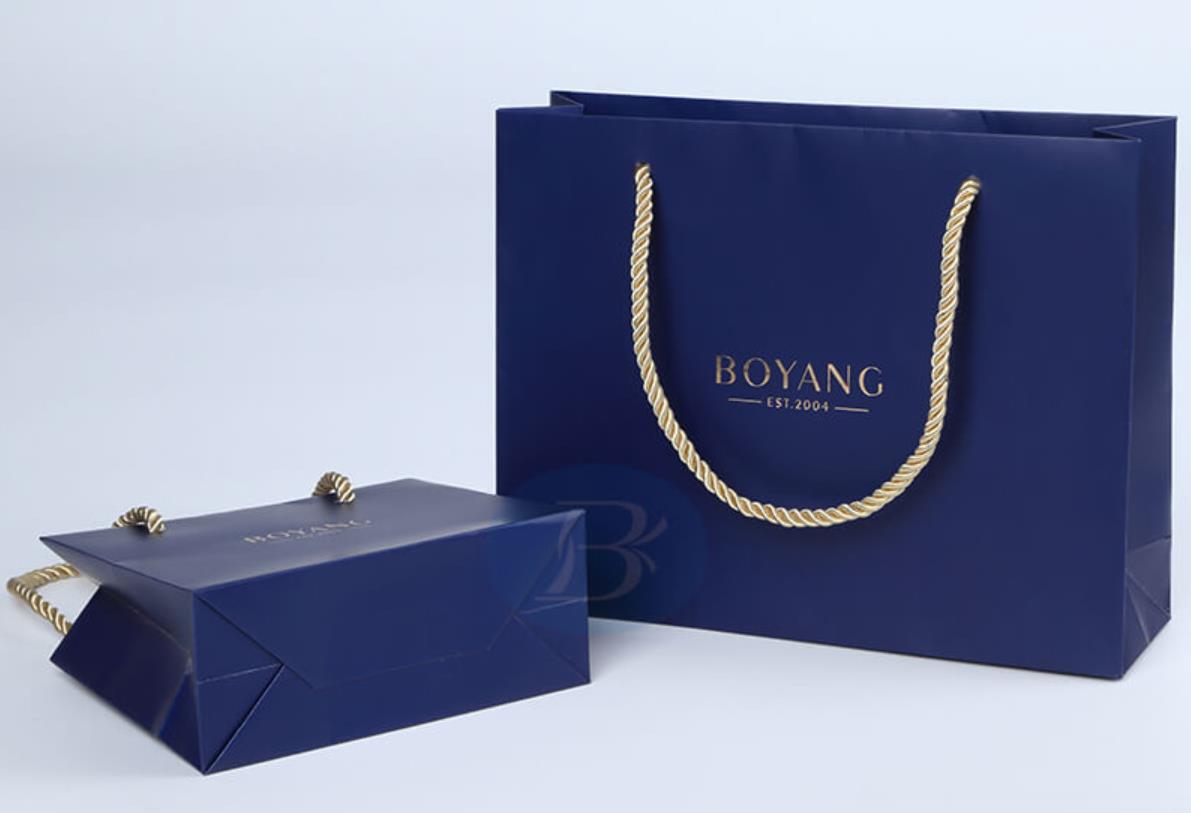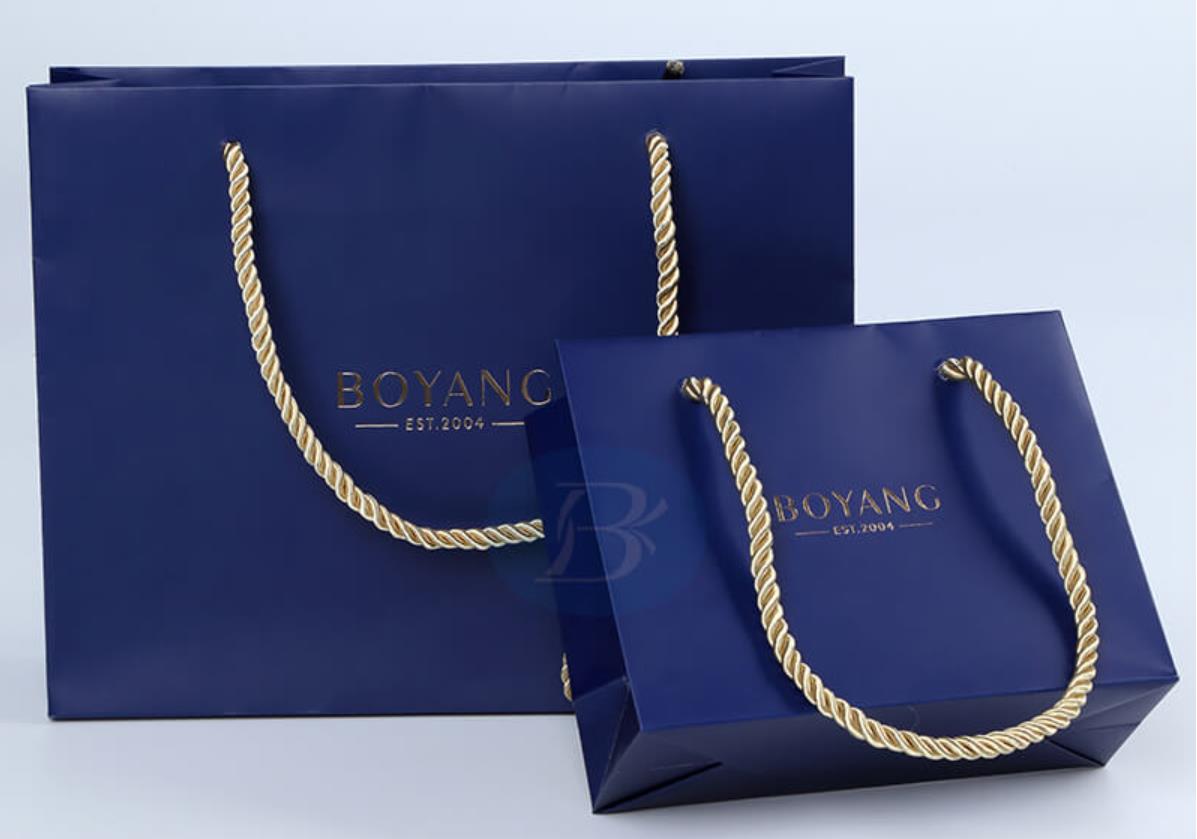You can share
- Share to Facebook
- Share to Google+
- Subscribe to our
- Share to Linkedin
- Share to Twitter

The printing of jewelry packaging is relatively complicated and needs to go through a variety of processes to complete. When customizing jewelry packaging, the jewelry packaging factory will formulate a printing plan according to the customer's packaging needs, and then operate according to the process. The processing technology involved mainly includes the following types.
During printing, the printing plate fixed on the printing plate cylinder goes through the process of moistening and ink supply. On the treated printing plate, the principle of the immiscibility of oil and water is used to make the ink and water repellent of the graphic part, and the blank part is hydrophilic. In ink repelling, the positive image on the plate is transferred to the rubber of the transfer roller to form a negative image, and then the positive image on the rubber is embossed on the paper by the embossing roller, thus obtaining Clear prints.

In order to enhance the wear resistance, anti-fouling function, and visual effect of printed parts, lamination and glazing technologies are usually required to improve the quality of printed parts and strengthen their functions.
Also known as pasting, the method is to press and paste a certain thickness of plastic film on the printed matter through the hot pressing device of a special laminating machine, so that the printed matter and the plastic film are combined. After lamination, the surface of the printed matter is smoother and brighter, thereby improving the gloss and firmness of the printed matter, the color of the graphic is more vivid, full of three-dimensional effect, and it also plays the role of waterproof, anti-fouling, wear-resistant, and chemical corrosion resistance.
The method of glazing can be divided into partial glazing and full glazing. Partial glazing is mostly used in the parts that need to be highlighted, and is suitable for the cover of books and packaging boxes, etc., to make the picture more three-dimensional; overall glazing can increase the brightness of the paper surface and the degree of abrasion resistance of the print. Most of the books and periodicals The cover mostly adopts the technology of comprehensive glazing.
Paper cutters can only cut straight lines. When printing products such as custom jewelry packaging require arc lines, window openings, creasing lines, and irregular curves, they must be processed by die-cutting. The template is processed by the woodworker according to the basic shape required by the package, also known as the "knife row" process, in which the steel wire is embedded in the template, and it is used to process the printed package into the final shape on the die-cutting machine, or press it out Crease for folding. Convexity is commonly known as "boring drum". The process is the method of stamping cardboard or other packaging materials through a die made according to the outline of the image so that the surface of the material presents a relief pattern. Pressure and heat reshape the paper sheet to create the image. According to the different materials of embossing objects, the mold can be made of metal, cardboard, or even felt cloth (such as the embossing and concave treatment of fabrics). Embossing can be combined with printing inks and hot stamping silver for special effects. Debossing can also be done in the same process, but the difference is that the debossing process will depress the front side of the material to obtain a concave pattern. Embossing on glass or plastic surfaces is an integral part of the molding process.

Pressure-sensitive labels, glued labels, heat shrink sleeve labels, heat transfer foils, and decals are all traditional methods of labeling and decorating injection molded corona and glass bottles. Usually, all carry out the above-mentioned operation after finishing the processing production of these containers (that is after molding). In-mold labeling is a pre-decorated process that can be applied to both blown and injection molded bottles and containers. The specific method is to place the label in the open mold. After the plastic is pressed or injected into the mold, the label will be fixed inside the plastic product. The positioning of the label requires a vacuum or electrostatic processing. In-mold labeling makes the label a part of the packaging structure. Although it is on the surface, it is already embedded in the plastic container wall. In the blow molding process, the commonly used label material is a printed film layer of the same material as the container (polyester and various polyethylene and polypropylene materials), with a UV- or electronically Beam-treated protective coating, the rear surface is coated with a heat-seal adhesive layer to cope with the blow molding process. During the blow molding process, the heat seal layer will melt into the container. During injection molding, polypropylene is the material most commonly used for containers and labels. The high pressure used in the injection molding process bonds the label to the container without the need for a heat-seal coating on the back surface of this film. As technology advances, only one-step processing can produce complete label components placed directly within the packaging structure. Various images, such as photos and illustrations, can be made into embedded labels without the need to adhere to the outer surface of the packaging structure. With this process, the label becomes both a structural and a decorative part, reducing the weight of the package and making the side walls of the package stronger.
Ceramic labeling (ACL for short) is another "no label" appearance processing technology, the specific method is to attach a mixture of ceramic powder and thermoplastic chemical material (which becomes printing ink when heated) to the glass surface by screen printing. the surface of the container. This ceramic ink contains glass components (many ceramic inks also contain heavy metals, such as lead, cadmium, and chromium), and can be burned into glass bottles at high temperatures during the process of passing through the conveyor furnace. Newer UV printing inks and spray-on enamel do not require high-temperature conditions, and have other advantages, such as no heavy metal components, and containing organic pigments that can make the color more vivid and can be used at temperatures much lower than those required for ceramic labels. It is processed by ultraviolet rays under certain conditions, so it is more conducive to environmental protection. These inks create patterns and other flat elements, and can also be used to cover entire bottles to achieve a frosted appearance without the use of etching techniques. This method of application is known today as "Cool Decoration". ACL patterns can be designed in three colors and can be processed 360 degrees around the surface of the bottle body. After fusing with the bottle body, these patterns will be highlighted, which is somewhat similar to the effect of the embossing process. The ACL pattern is abrasion-resistant, and it is a better choice to replace other labeling processes in the decorative processing of cosmetic containers, because this pattern will not be corroded by alcohol or oil, and because of the permanent and waterproof nature of the ACL pattern, it It is also suitable for decorative processing of glass beverage bottles.
The above is the printing process of custom jewelry packaging. We are a jewelry packaging factory with more than ten years of industry experience. We can customize jewelry boxes, jewelry drawstring bags, etc. according to your needs. Welcome to contact us.